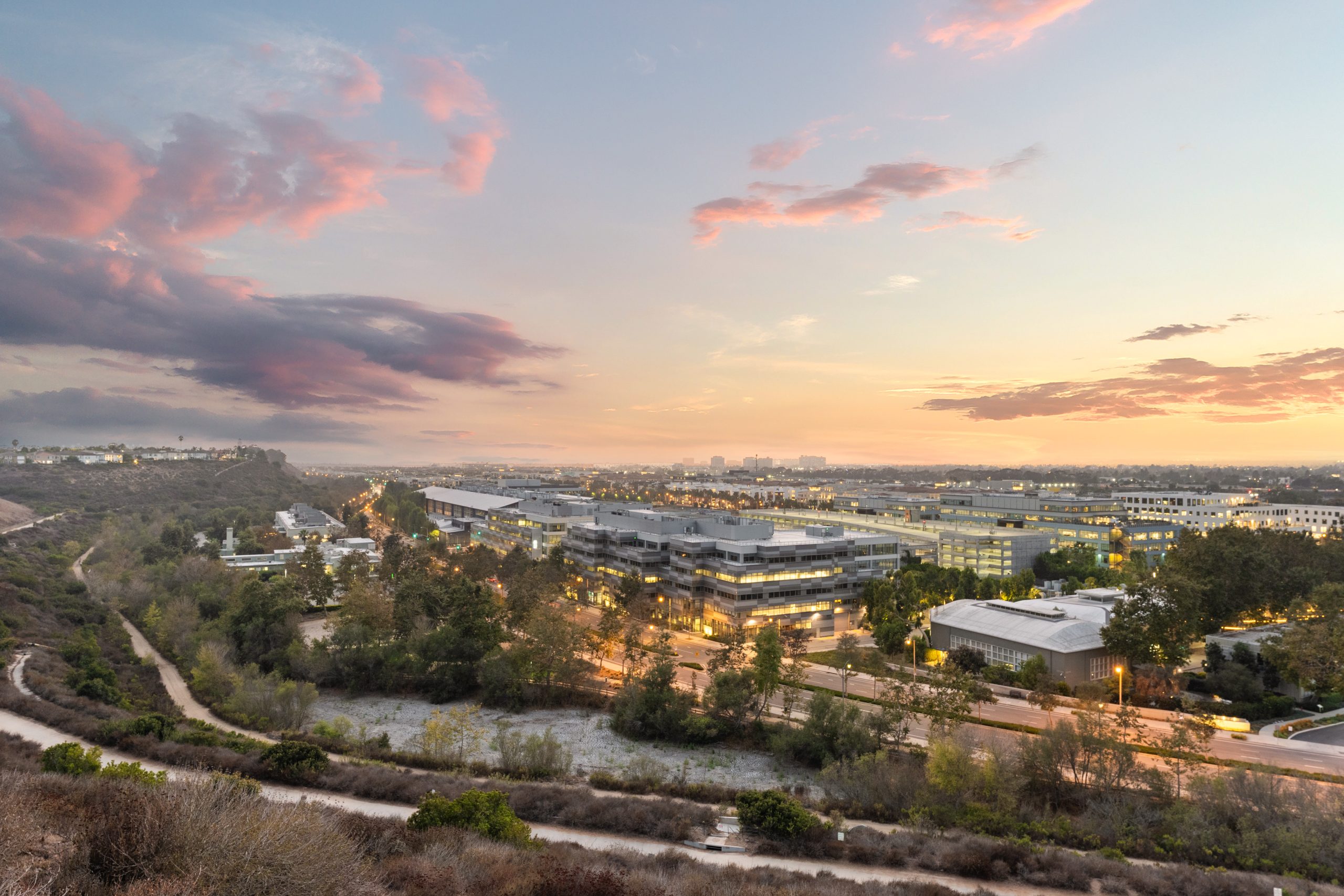Main Content

A Step-by-Step Guide to Creating a Homeowners Association in California
In Los Angeles, as in the rest of California, Homeowners Associations (HOAs) play a central role in managing the shared interests of residential communities—especially those with common amenities like private streets, pools, or landscaping. But how exactly is an HOA created? And what should property owners or developers know about the process?
Whether you're a developer building a new subdivision or a group of neighbors considering forming an HOA to manage shared maintenance responsibilities, here’s what you need to know about the legal and practical steps to forming an HOA in Los Angeles.
🏘 What Is an HOA?
A Homeowners Association (HOA) is a nonprofit corporation or unincorporated association that governs a planned development, condominium project, or community with shared amenities. In Los Angeles, HOAs are subject to both:
- California state law—primarily the Davis-Stirling Common Interest Development Act, and
- Local city or county planning requirements, such as subdivision maps or maintenance agreements
🧱 Step 1: Determine if an HOA Is Necessary
HOAs are typically formed under one of two scenarios:
- By a developer of a new residential or condo project with shared common areas (required by city during the planning or subdivision process)
- By a group of existing homeowners seeking to collectively manage shared interests (like a private road, landscaping, or security)
Note: Creating a legally enforceable HOA from scratch in an existing neighborhood is much harder than forming one at the outset of a development.
🧾 Step 2: Draft and Record a Declaration of CC&Rs
The Covenants, Conditions & Restrictions (CC&Rs) are the foundation of the HOA and are recorded with the Los Angeles County Recorder’s Office. This legal document:
- Defines property owner obligations
- Establishes architectural or maintenance rules
- Grants enforcement powers to the HOA
- Is recorded against each property in the development
These CC&Rs “run with the land,” meaning they apply to all current and future owners in the community.
🏛 Step 3: Form a Nonprofit Mutual Benefit Corporation
The HOA is typically formed as a California nonprofit mutual benefit corporation by filing Articles of Incorporation with the Secretary of State.
- You'll need a name, an agent for service of process, and an initial board of directors
- This entity can sue, be sued, and enter contracts—like hiring vendors or obtaining insurance
📋 Step 4: Create Bylaws and HOA Rules
In addition to the CC&Rs, the board must adopt:
- Bylaws: Operating rules for the HOA’s internal governance—e.g., meetings, voting rights, officer duties
- Rules and Regulations: Day-to-day policies about use of amenities, pets, noise, trash, parking, etc.
These documents must comply with California’s Davis-Stirling Act and be adopted transparently.
🗳 Step 5: Membership and Board Elections
Once formed, the HOA must:
- Hold regular board meetings
- Elect board members according to the bylaws
- Provide annual disclosures and budgets to all members
- Enforce rules and collect dues as outlined in the CC&Rs
The HOA becomes responsible for maintaining any common area defined in the CC&Rs (e.g., driveways, landscaping, security gates, shared walls, etc.).
⚖️ Legal Requirements in LA
Los Angeles developers forming an HOA as part of a new project must comply with:
- City Planning Department subdivision or parcel map conditions
- Maintenance agreements for any private roads or easements
- Disclosure obligations under the California Department of Real Estate (DRE)
Also, most new HOAs in LA must provide governing documents to the DRE and obtain a public report before selling units.
👥 Can Existing Homeowners Form an HOA?
It’s possible—but difficult—to form an HOA in an existing neighborhood if one was not created by the developer. You would need:
- Unanimous or majority agreement from affected property owners
- Creation and recording of CC&Rs for each lot
- Formation of a nonprofit HOA entity
- Formal approval and signatures on all governing documents
Many attorneys advise against trying to form a new HOA without full community consensus, due to legal risks and enforcement issues.
🔑 Final Thoughts
Forming an HOA in Los Angeles is a legally complex process that requires coordination among homeowners (or developers), legal counsel, city officials, and title professionals. But when done right, it can provide critical structure and protection for shared spaces and community standards.
At the Stephanie Younger Group, we frequently help buyers and sellers navigate properties governed by HOAs—including understanding CC&Rs, dues, restrictions, and the long-term impact on resale value.
Disclaimer: This blog is for general informational purposes only and does not constitute legal advice. Consult a licensed attorney or land use expert for guidance specific to your property or development.

















